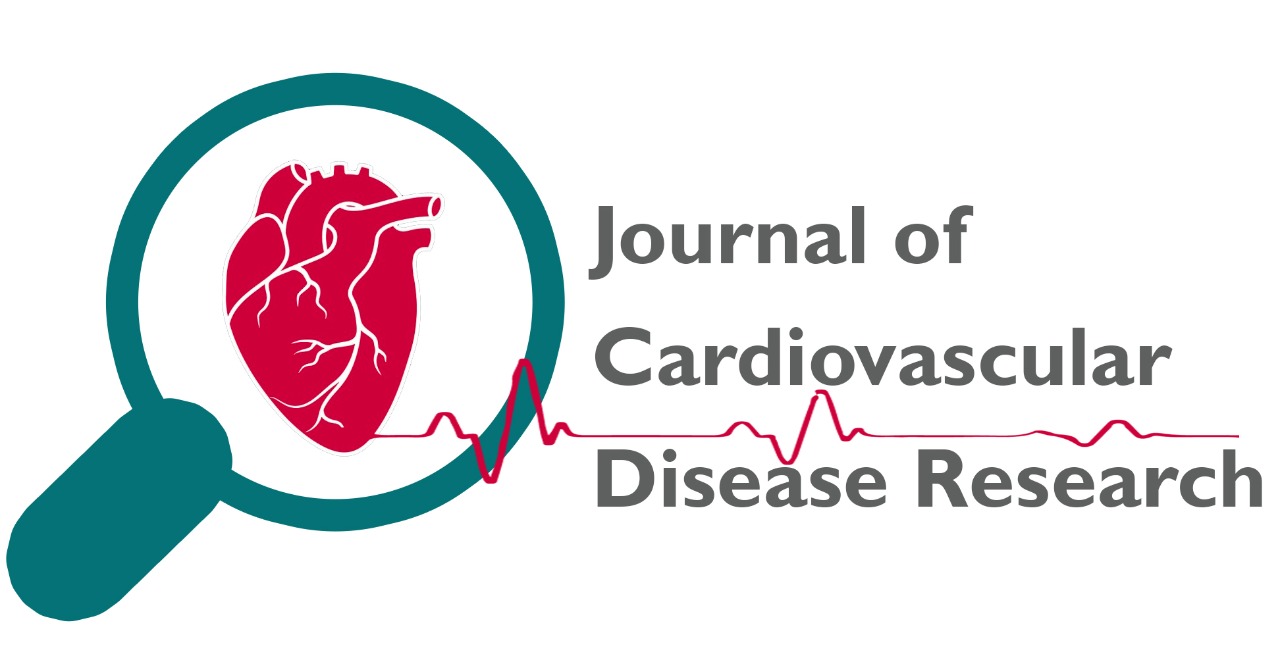
FUNCTIONAL OUTCOME OF PROXIMAL FEMORAL NAIL IN MANAGEMENT OF INTERTROCHANTRIC FRACTURE FEMUR
DR SAI KRISHNA CS, Dr RAKESH PRADHAN
JCDR. 2017: 458-461
Abstract
Background: The study was conducted to analyse the functional outcome of the treatment of stable and unstable Intertrochanteric fractures of femur treated with Proximal Femoral Nail . Methods: In this prospective study, 25 patients of both sex and aged above 18 years with intertrochanteric and subtrochanteric fractures admitted to our institution were treated with Proximal Femoral Nail were followed up over a period of 6 months. The fractures were classified as per Boyd-Griffin classifications. Clinical and radiographic analysis was done regularly till fracture union occurs. Assessment of the functional outcome was done by using Harris hip Scoring system at the end of 6 months. Results: Out of 25 cases, 19 were males and 6 were females, in the age group of 21-78 years with the mean age of 49.24 years. Majority (76%) of the fractures showed radiological union by 20 weeks with the mean union time of 18.52 weeks. Excellent to good results were achieved in 80% of patients as per Harris hip score. Postoperative complications like delayed/non-union were seen in two patients. No case of screw cutout or ‘Z’ effect were seen. Conclusion: we conclude that with good understanding of fracture biomechanics, accurate instrumentation and technique, proximal femoral nail (PFN) gives excellent clinical results in the management of all types of stable and unstable intertrochanteric and subtrochanteric fractures of femur.
Description
Proximal femoral fractures are a major cause of morbidity and mortality world over in view of huge population, high road traffic accident rate and increasing age of population1 . Although these fractures can occur in any age group, two subsets of patients are commonly observed. Either these fractures are seen in more elderly or in the younger age population. On the basis of anatomical location of fracture, proximal femoral fractures can be divided into neck of femur, intertrochanteric and subtrochanteric fractures. Each requires special methods of treatment and has their own set of complications and controversies regarding the optimal method of management2 . Owing to high complication and mortality rates associated with conservative management 3 , these fractures are now managed surgically to achieve a stable fixation which allows early mobilization of patients, thus avoiding complications of prolonged immobilization. While both extramedullary and intramedullary implants can be used to treat these fractures, intramedullary implants allow more biological fixation and are load sharing devices. Extramedullary devices are always under stress because of bending strain which is not good for fracture whereas intramedullary devices are under axial strain which cause compression and thus helpful for fracture union. Gamma nail was the earliest version of intramedullary fixation devices. Arbeitsgemeinschaft für Osteosynthesefragen (AO/ASIF) introduced the proximal femoral nail (PFN) in 1996.4 In view of these considerations, the study of surgical management of intertrochanteric and subtrochanteric fractures with Proximal femoral nail(PFN) was undertaken to analyse the functional outcome and to evaluate the complications associated with proximal femoral nailing in such types of fractures.
Volume & Issue
Volume 8 Issue 4
Keywords
Intertrochanteric fracture, Subtrochanteric fracture, Proximal femoral nail, Harris hip score
|
This is an open access journal which means that all content is freely available without charge to the user or his/her institution. Users are allowed to read, download, copy, distribute, print, search, or link to the full texts of the articles in this journal without asking prior permission from the publisher or the author. This is in accordance with the Budapest Open Access Initiative (BOAI) definition of open access.
The articles in Journal of Cardiovascular Disease Research are open access articles licensed under the terms of the Creative Commons Attribution Non-Commercial License (http://creativecommons.org/licenses/by-nc-sa/3.0/) which permits unrestricted, non-commercial use, distribution and reproduction in any medium, provided the work is properly cited. |
|
|
|
|
|
Copyright � 2022 Journal of Cardiovascular Disease Research All Rights Reserved. Subject to change without notice from or liability to Journal of Cardiovascular Disease Research.
For best results, please use Internet Explorer or Google Chrome POLICIES & JOURNAL LINKS
Author Login
Reviewer Login About Publisher Advertising Policy Author's Rights and Obligations Conflict of Interest Policy Copyright Information Digital Archiving & Preservation Policies Editorial Policies Peer Review Policy Editorial & Peer Review Process License Information Plagiarism Policy Privacy Policy Protection of Research Participants (Statement On Human And Animal Rights) Publication Ethics and Publication Malpractice Statement Corrections, Retractions & Expressions of Concern Self-Archiving Policies Statement of Informed Consent Terms of Use |
Contact InformationJournal of cardiovascular Disease Research,
|




